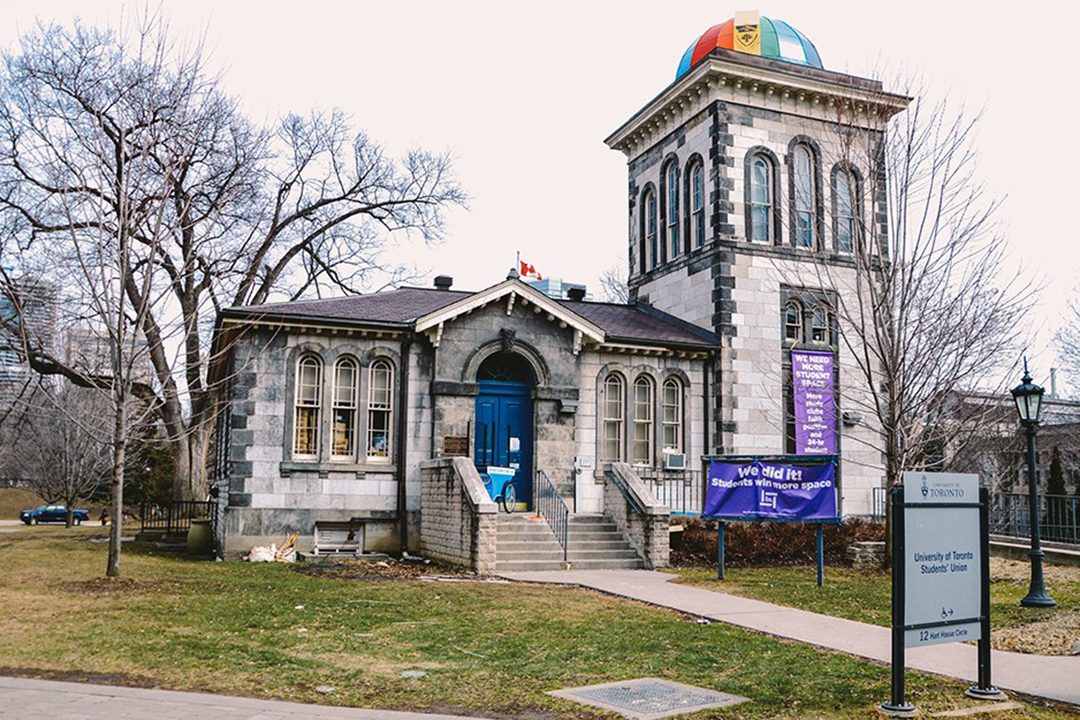Last week, Valeria Yao wrote an opinion piece titled “U of T’s communication with prospective students needs to be better.” In their commentary on the role of the administration in helping students adjust to university life, Yao brought up a simple, yet obvious problem: U of T’s complex organizational structure can pose a barrier to new students.
It’s an issue that I suspect many of my peers have had to deal with at some point or another. As an international student myself, I had a very tough time understanding how U of T’s various colleges, schools, faculties, and departments fit into the university’s structure, which includes “federated colleges.”
Though it may seem harmless, U of T’s obscene complexity can act as a real barrier to student success. Without an understanding of basic university structure, new students may not know where to seek help. Admission into many programs of study is often conditional on courses taken in first year.
As Yao pointed out, “students may not be well informed about specific requirements of the particular programs they plan on pursuing.” Presently, the university administration seems to expect students to figure out their program requirements by themselves or proactively seek help.
Other elite North American universities assign advisors to new students instead of throwing them into the proverbial ‘deep end’ and waiting to see if they sink or swim. At Harvard University, first-year students are automatically assigned a “first-year advising team”; students at Cornell University can consult with an “advising dean.”
Practically speaking, the university is unlikely to drastically change how its advising system works. I say this based on the assumption that automatically assigning advisors to students is more expensive than the systems currently in place, and the COVID-19 pandemic has only exacerbated the realities of tight university budgets.
That being said, the problem still stands: the gap between new students and academic support needs to be bridged somehow. This role should be filled by the University of Toronto Students’ Union (UTSU), which offers many services that are typically undertaken by administrations at other elite North American universities, such as awarding need-based scholarships. Perhaps, then, the UTSU can also provide the more than 38,000 students it represents with academic support as well.
Last year, the UTSU started its First Year Council: a group of first-year students tasked with advocating on behalf of their peers. One of the landmark accomplishments of last year’s council was The Handbook Project, a website aimed at helping first-year students understand how the university works and where to seek help. In my view, this handbook is a far better resource for new students than anything the university administration has been able to put together.
Unfortunately, this year’s union executives have almost completely disregarded the handbook: I could not find it on UTSU’s website or on its Facebook page. Given the magnitude of the problem that it could help to solve, the UTSU’s handbook should be promoted much more aggressively by the UTSU and university administration alike.
Sarit Radak is a second-year molecular genetics student at University College. He served as the 2019–2020 life sciences director for the University of Toronto Students’ Union and currently serves on the Arts and Science Council as a full-time sciences student.


